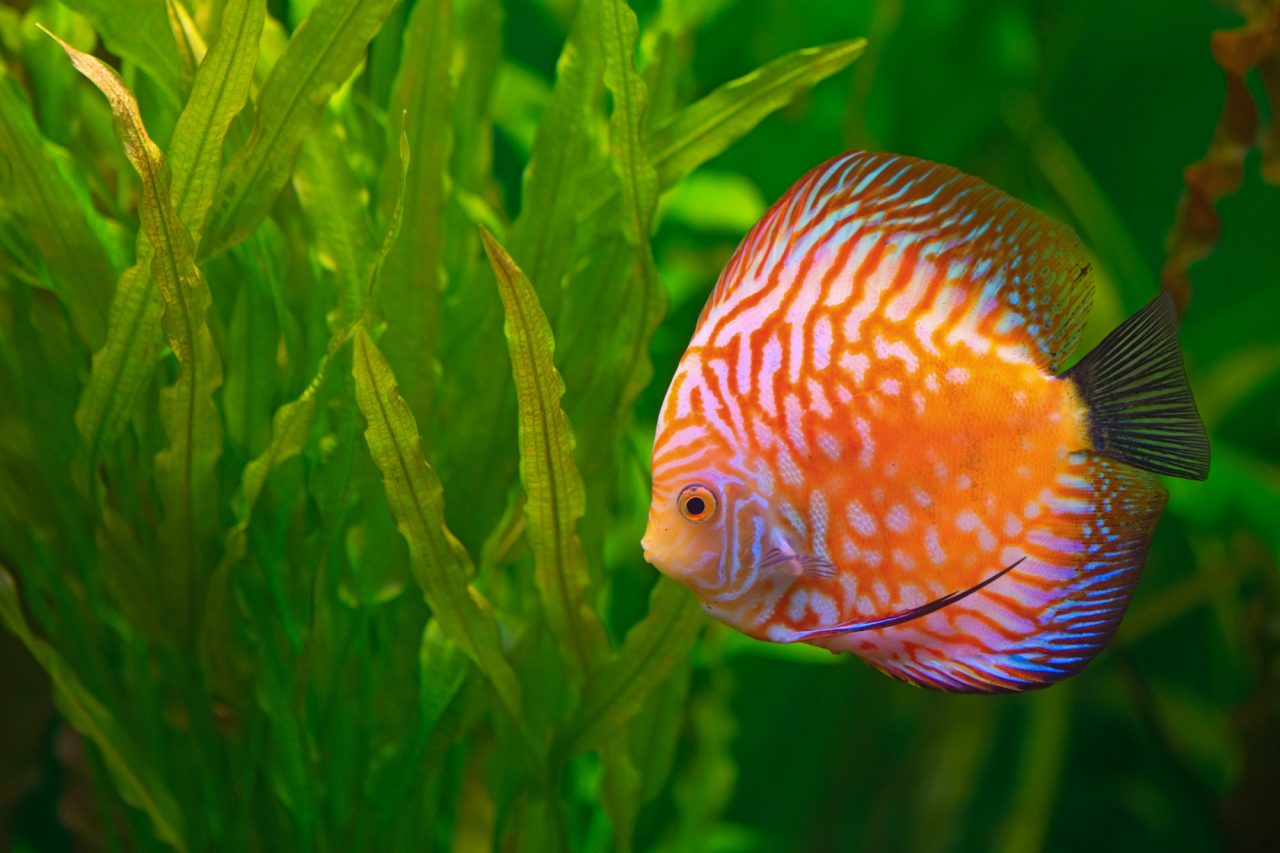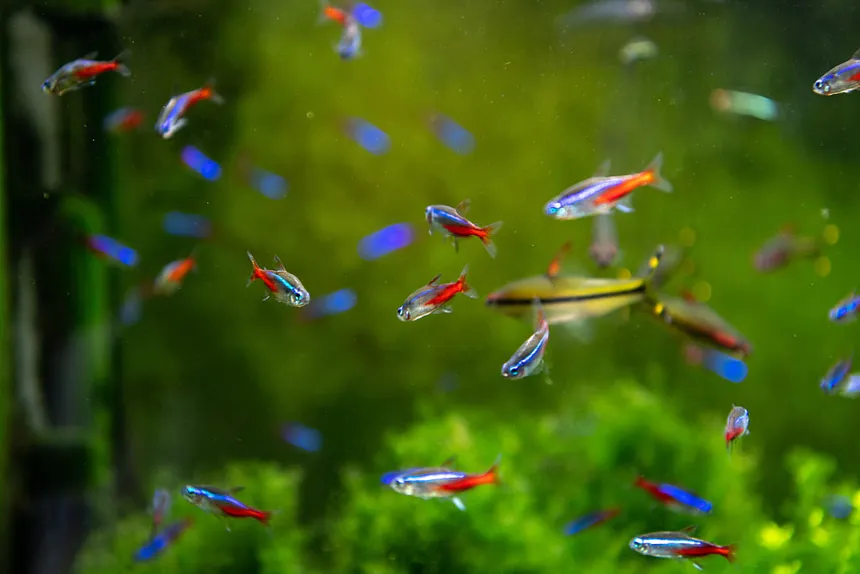There most assuredly is going to come a time in the life of every hobbyist when their fish get sick and treatment becomes the only solution for saving them. Sometimes, even after the most careful approach, the success rate is dismal. You would be understandably upset if this occurs, and would like to know the reasons why your medications didn’t work. In a large percentage of these failures we can usually determine the likely reasons and, for the vast majority of these failures, we can offer some guidelines as to the cause. Here are what we have ascertained as the major causes of “failed” treatments.
Most fish disease problems coincide with poor water quality, and should not be treated until water quality has been corrected.
Somewhere along the line to get to your fish tank, most fish, at one time or another, are exposed to smorgasbord of disease and parasites. Most of these organisms lie dormant in your aquarium just waiting for the right “stress” factor to arise in your aquarium so it can “attack” your fish. (See article “Stress, It’s Role in Fish Diseases” )
Poor water quality, such as a low pH value, high ammonia, or nitrite level, may be the “stress” factor that weakens your fish and makes them vulnerable to attack by various parasites and diseases.
At the first signs of discord with your fish you should immediately check your water quality and make any changes necessary to get the parameters corrected. Remember that while medications such as antibiotics and anti-parasitic drugs are destroying the bad bacteria or parasites that are harming your fish, they do not discriminate between bad or good, and will also destroy the beneficial bacteria in your aquarium that are keeping your water quality parameters, such as ammonia and nitrite, in check. Treating a tank with poor water quality only increases the stress on the fish and negates the effect of the treatment, and further decreases the water quality.
A wrong diagnosis has been made.
As everyone will realize, aspirin will not cure a broken leg. Therefore, if you don’t make the correct diagnosis and consequently use the wrong treatment, not only will you not effect a cure you will often make the problem worse as any chemical introduced into the aquatic environment can cause some stress.
Treatment has been instituted, but the protein skimmer, and/or charcoal filtration has been continued.
Depending on the efficacy of the skimmer and the amount and quality of the charcoal, much of the active ingredients of the treatment will be removed, ensuring a negative result.
Many aquarists are unsure about the amount of water in their tank, and often forget to include in their treatment calculations the water in their sump, etc. Also they sometimes do not allow for the water displaced by large amounts of live rock, etc.
Too little or too much medication, can have a negative effect. Too little will enable the parasite to continue it’s life cycle. Too much can have the effect of causing severe adverse effects in the fish. Before beginning treatment, it is most essential to calculate and then recheck the amount of water you’re treating.
The fish are in an advanced stage of infection before treatment is started.
When you begin the treatment too late, then it is very hard to bring back fish that are already at death’s door. These reasons account for, by far, the majority of failures in treatment. Pay careful attention to them, as well as the points above, and your success, as well as your level of expertise will move into a high percentile. The satisfaction, not to mention the good feeling of saving your fish, and consequently not losing lives and money, will add enormously to your self confidence, and no doubt many fellow hobbyists will seek you out to advise them also.





